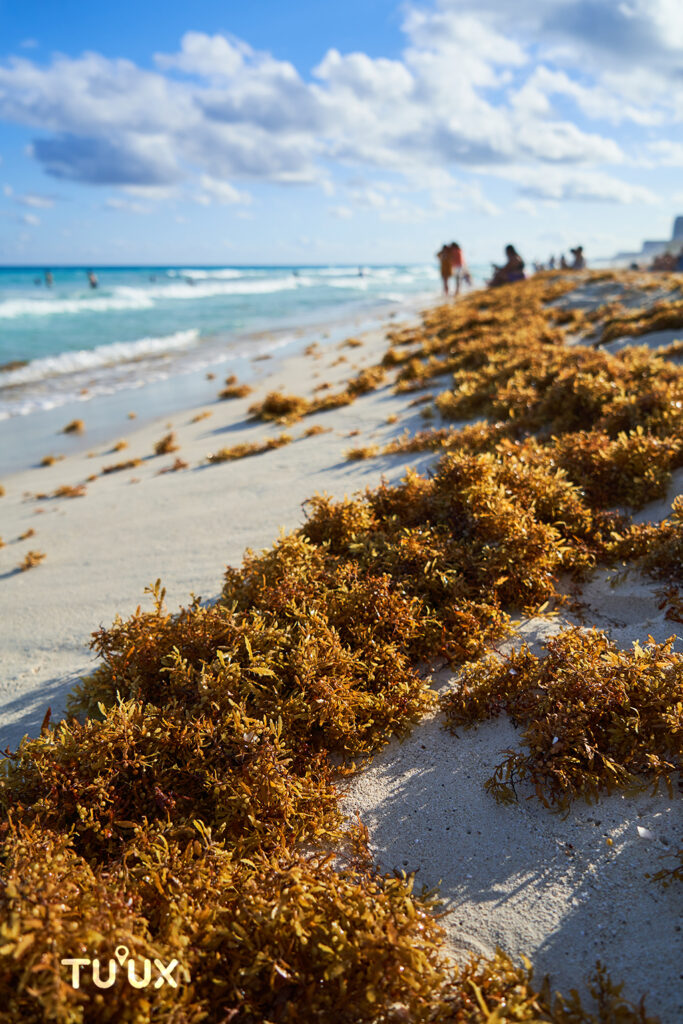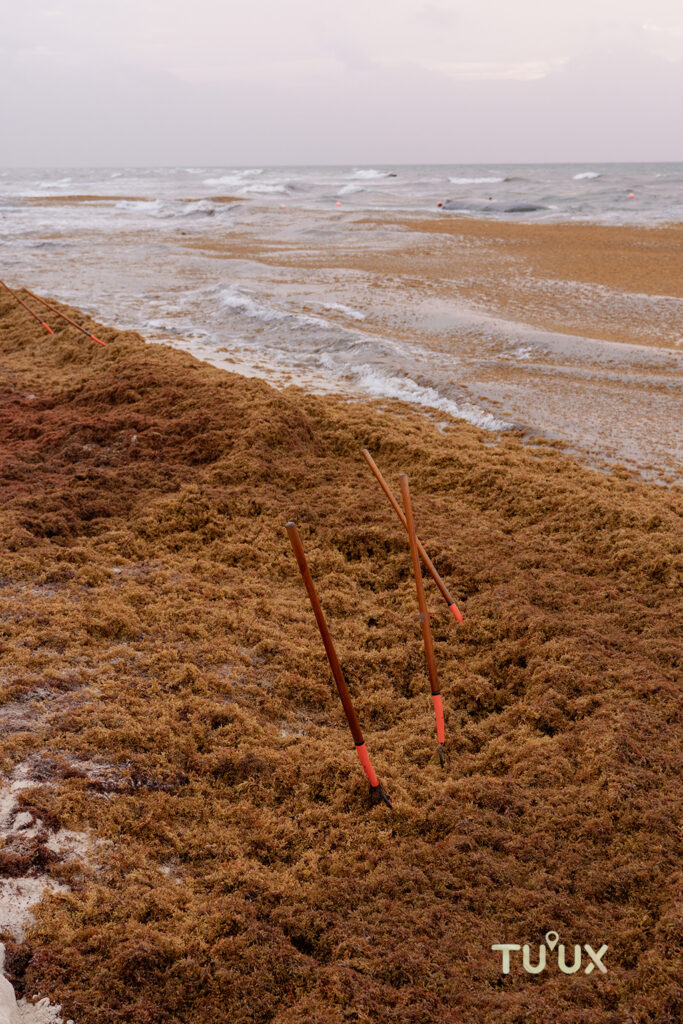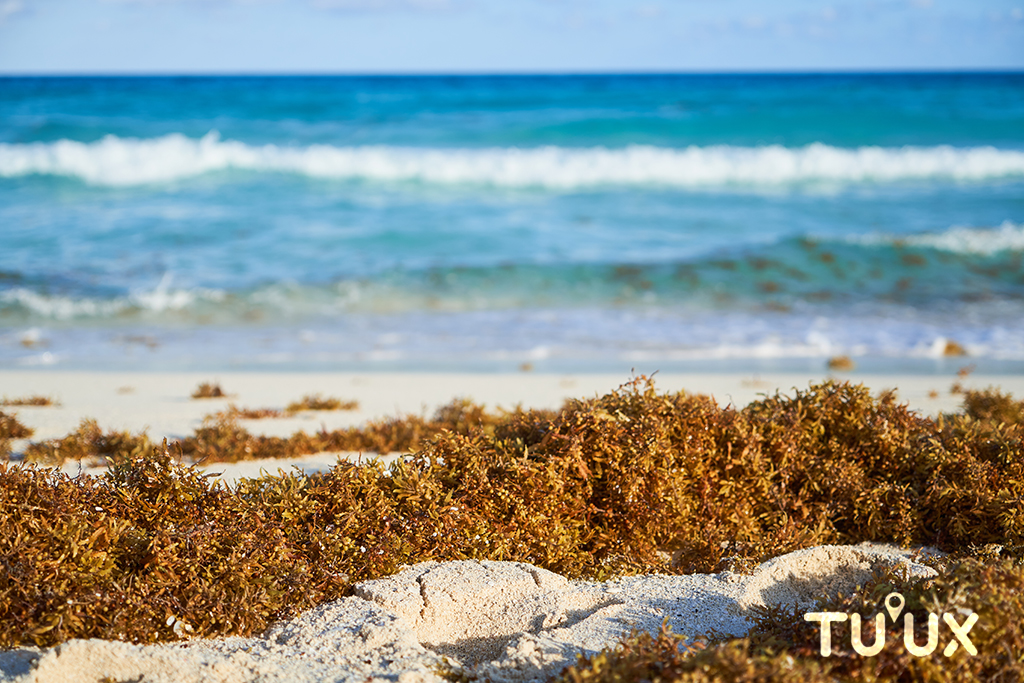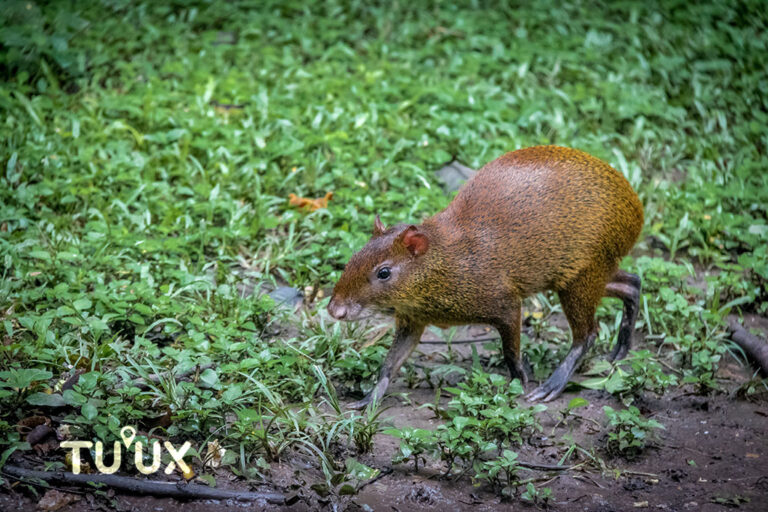SARGAZO
🌊 El Sargazo en el Caribe: Crisis Ecológica y Oportunidad Sostenible
En los últimos años, una alfombra marrón dorada ha cubierto con frecuencia las playas del Caribe mexicano, sorprendiendo a turistas y preocupando a comunidades costeras. Se trata del sargazo, una macroalga marina que, si bien cumple una función ecológica vital en alta mar, su acumulación masiva en la costa representa una amenaza ambiental, económica y social.
🌱 ¿Qué es el sargazo?
El sargazo pertenece al género Sargassum, un grupo de algas pardas flotantes que crecen libremente en mar abierto gracias a unas pequeñas vejigas llenas de gas llamadas pneumatocistos, que les permiten mantenerse a flote. En condiciones normales, estas algas forman hábitats flotantes que sirven como refugio para peces, tortugas y aves marinas.
Su hogar original es el Mar de los Sargazos, una región del Océano Atlántico Norte famosa por sus aguas tranquilas y ricas en vida marina. Sin embargo, a partir de 2011, científicos y comunidades costeras han registrado un crecimiento exponencial de estas algas, extendiéndose hasta el Caribe, el Golfo de México y partes de África Occidental.
🌍 ¿Por qué hay tanto sargazo ahora?
El aumento del sargazo no es casual. Diversos factores ambientales y antropogénicos han provocado esta proliferación masiva:
- Cambio climático: Las aguas más cálidas aceleran el crecimiento del sargazo.
- Contaminación por nutrientes: El exceso de nitrógeno y fósforo procedente de fertilizantes agrícolas y aguas residuales alimenta el crecimiento de estas algas.
- Corrientes oceánicas alteradas: Cambios en la circulación del Atlántico favorecen el transporte del sargazo hacia el Caribe.
- Deforestación y erosión: El arrastre de sedimentos y nutrientes desde los ríos, especialmente el Amazonas, ha intensificado el fenómeno.
🏖️ Impacto del sargazo en las costas
La llegada masiva de sargazo a las playas tropicales, como las de Quintana Roo, tiene múltiples efectos negativos:
1. Afectaciones al turismo
Las playas cubiertas de sargazo pierden su atractivo visual y su olor puede resultar desagradable, alejando a los turistas y reduciendo ingresos para hoteles, restaurantes y operadores turísticos.
2. Daño a ecosistemas costeros
El sargazo en descomposición consume oxígeno, provocando zonas muertas en lagunas costeras y afectando corales, pastos marinos, peces y tortugas. También impide que la luz solar llegue a la flora submarina, afectando su fotosíntesis.
3. Costo económico
Municipios y empresas privadas invierten millones de pesos en recolección manual, maquinaria, transporte y disposición del sargazo, muchas veces sin lograr soluciones definitivas ni sostenibles.
♻️ ¿Una amenaza con potencial?
Aunque la situación es alarmante, el sargazo también representa una oportunidad de transformación:
- Abono orgánico y fertilizantes: Varias iniciativas experimentan con compostaje y producción de biofertilizantes a partir del sargazo recolectado.
- Biocombustibles y papel: Investigadores exploran tecnologías para convertir el sargazo en energía o materiales biodegradables.
- Construcción sostenible: Se estudia el uso del sargazo seco como materia prima para fabricar ladrillos ecológicos y paneles de construcción.
Estas propuestas aún están en etapa experimental, pero podrían marcar un punto de inflexión si se consolidan como industrias limpias.
🛠️ ¿Qué se está haciendo?
Frente a esta crisis, diversas acciones han sido implementadas:
- Barreras de contención en el mar para frenar el arribo del sargazo a la playa.
- Monitoreo satelital y pronósticos meteorológicos, como los proporcionados por la Red de Monitoreo del Sargazo en el Caribe Mexicano.
- Proyectos comunitarios de limpieza y manejo local, especialmente en destinos turísticos pequeños como Mahahual o Xcalak.
- Colaboración internacional entre gobiernos, universidades y ONGs para estudiar el fenómeno y promover soluciones a largo plazo.
🌎 Una llamada de atención
El fenómeno del sargazo no es solo un problema caribeño, sino un reflejo de la crisis climática global y del impacto acumulativo de nuestras acciones sobre los océanos. Nos invita a reconsiderar urgentemente nuestras prácticas agrícolas, el manejo del agua y el consumo responsable.
✍️ Conclusión
El sargazo es más que una molestia en la playa: es un mensaje flotante de la naturaleza. Nos alerta de los desequilibrios que hemos causado, pero también nos da la oportunidad de innovar, adaptarnos y trabajar en armonía con el entorno. El reto está en dejar de verlo solo como un residuo y comenzar a entenderlo como un recurso mal gestionado.


🌊 Sargassum in the Caribbean: Ecological Crisis or Sustainable Opportunity
In recent years, a golden-brown carpet has increasingly covered the beaches of the Mexican Caribbean, surprising tourists and raising concerns among coastal communities. This phenomenon is caused by sargassum, a marine macroalgae that, while ecologically vital in the open ocean, poses environmental, economic, and social threats when it accumulates massively along the coast.
🌱 What Is Sargassum?
Sargassum belongs to the Sargassum genus, a group of brown algae that float freely in the open sea thanks to small gas-filled bladders called pneumatocysts, which allow them to stay buoyant. Under normal conditions, these algae create floating habitats that serve as shelter for fish, turtles, and seabirds.
Their natural home is the Sargasso Sea, a region of the North Atlantic Ocean known for its calm waters and rich marine life. However, since 2011, scientists and coastal communities have witnessed an exponential increase in these algae, spreading across the Caribbean, Gulf of Mexico, and even parts of West Africa.
🌍 Why Is There So Much Sargassum Now?
The recent sargassum surge is not a coincidence. Several environmental and human-induced factors have fueled this massive proliferation:
- Climate change: Warmer waters accelerate sargassum growth.
- Nutrient pollution: Excess nitrogen and phosphorus from agricultural fertilizers and wastewater discharge feed these algae.
- Altered ocean currents: Shifts in Atlantic Ocean circulation patterns help carry sargassum into the Caribbean.
- Deforestation and erosion: Sediment and nutrient runoff, particularly from the Amazon Basin, have intensified the bloom.
🏖️ Impact on Coastal Areas
The massive arrival of sargassum to tropical beaches—such as those in Quintana Roo—has multiple negative effects:
1. Tourism Disruption
Sargassum-covered beaches lose their visual appeal, and the rotting seaweed produces foul odors, driving away tourists and reducing revenue for hotels, restaurants, and tour operators.
2. Damage to Coastal Ecosystems
As sargassum decomposes, it depletes oxygen, creating dead zones in coastal lagoons and harming coral reefs, seagrasses, fish, and turtles. It also blocks sunlight from reaching underwater plants, affecting their ability to photosynthesize.
3. Economic Costs
Municipalities and private businesses invest millions of pesos in manual collection, machinery, transport, and disposal, often without achieving long-term or sustainable solutions.
♻️ A Threat with Potential?
Although the situation is alarming, sargassum also presents an opportunity for transformation:
- Organic compost and fertilizers: Several initiatives are experimenting with composting and biofertilizer production from collected sargassum.
- Biofuel and biodegradable materials: Researchers are exploring ways to turn sargassum into energy or sustainable packaging.
- Eco-friendly construction: Sargassum is being tested as a raw material for making eco-bricks and construction panels.
While still in experimental phases, these proposals could become game changers for circular and green economies.
🛠️ What’s Being Done?
In response to the crisis, various efforts have been implemented:
- Offshore containment barriers to prevent sargassum from reaching the shore.
- Satellite monitoring and forecasting, such as the reports provided by the Sargassum Monitoring Network in the Mexican Caribbean.
- Community-led cleanup and local management projects, especially in smaller destinations like Mahahual and Xcalak.
- International collaboration between governments, universities, and NGOs to study the phenomenon and promote long-term solutions.
🌎 A Wake-Up Call
The sargassum crisis is not just a Caribbean issue—it reflects the global climate crisis and the cumulative impact of our actions on the oceans. It urges us to rethink our agricultural practices, water management, and environmental responsibilities.
✍️ Conclusion
Sargassum is more than a nuisance on the beach—it’s a floating message from nature. It warns us about the imbalances we’ve caused but also gives us the chance to innovate, adapt, and work in harmony with the environment. The challenge lies in no longer seeing it as waste, but rather as a mismanaged resource with untapped potential.







